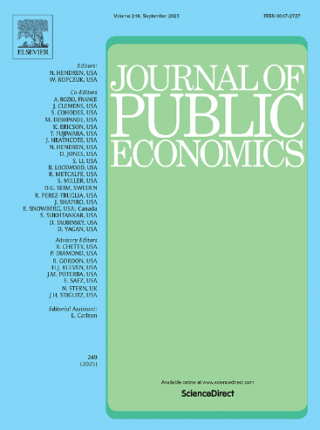The paper The non-linear effects of Fiscal Policy was accepted for publication at the Journal of Public Economics. This is joint work with Miguel Faria-e-Castro, Miguel H. Ferreira, Hans A. Holter and Valter Nóbrega. It argues that the fiscal multiplier of a government spending shock depends on the size of the said shock and provides a rationale, based on the heterogeneity of labor supply elasticities across the wealth distribution, for this non-linearity.
The abstract follows: We argue that the fiscal multiplier of government purchases is nonlinear in the spending shock, in contrast to what is assumed in most of the literature. In particular, the multiplier of a fiscal consolidation is decreasing in the size of the consolidation. We empirically document this fact using aggregate fiscal consolidation data across 15 OECD countries. We show that a neoclassical life-cycle, incomplete markets model calibrated to match key features of the U.S. economy can explain this empirical finding. The mechanism hinges on the relationship between fiscal shocks, their form of financing, and the response of labor supply across the wealth distribution. The model predicts that the aggregate labor supply elasticity is increasing in the fiscal shock, and this holds regardless of whether shocks are deficit- or balanced-budget financed. We find evidence of our mechanism in microdata for the US.
You can access the last version of the paper here.
